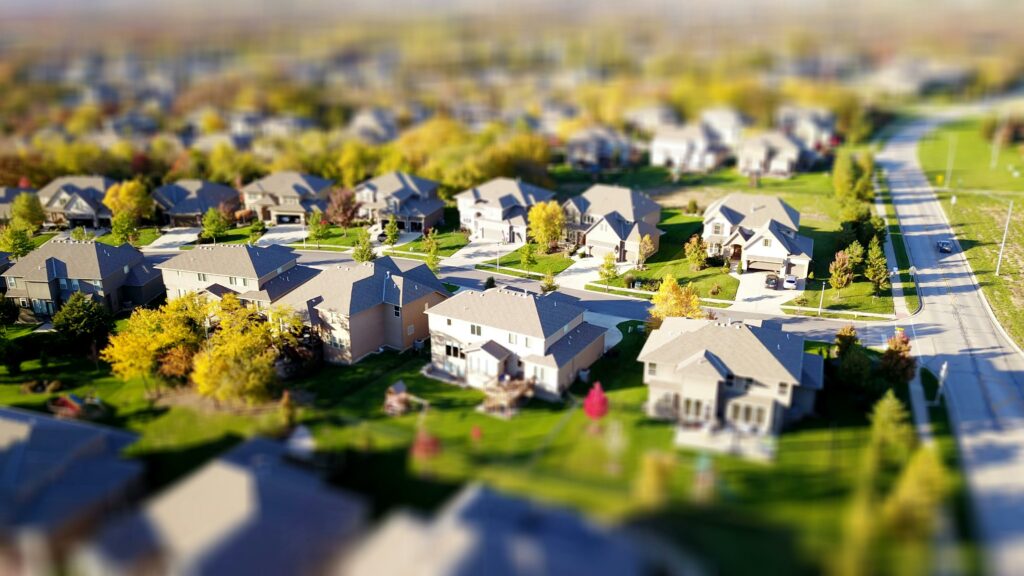Location, Location, Vindication: Why Your Property’s Address is Its Best Feature
Let’s play a game. Imagine two identical houses. Same square footage, same charmingly outdated avocado-green kitchen, same creaky floorboard that sounds like a ghost saying hello. Now put one next to a buzzing downtown coffee shop, and the other next to a landfill. Which one would you bet on? That’s the magic (and sometimes madness) of location in real estate—it can turn a mediocre property into a goldmine, or a palace into a money pit.

The Golden Rule They Actually Got Right You’ve heard “location, location, location” so often it’s practically a real estate lullaby. But here’s why the cliché holds up: a great location forgives a multitude of sins. That cramped bathroom? Buyers will overlook it if the home is in a top school district. The lack of parking? Suddenly negotiable if the property is a five-minute walk to the subway. Location isn’t just a factor—it’s the puppet master pulling all the strings on your investment’s potential.
The Neighborhood Crystal Ball Smart investors don’t just look at what a location is—they obsess over what it could become. Up-and-coming neighborhoods whisper hints before they boom: that new artisanal bakery isn’t just selling sourdough; it’s proof the area is shifting. Infrastructure projects like new transit lines or tech campuses are like fortune cookies for property values. But beware the hype—some “next big thing” areas stay stuck in “next” forever. The trick? Follow the grocery stores. When Whole Foods moves in, the money’s already there.
The Amenity Arithmetic Here’s a fun equation: Proximity to cool stuff = higher rent checks. Waterfront properties command premiums because, well, humans really like staring at water. Walkability scores don’t just make a neighborhood livable—they make it bankable. But the new king? Remote work hubs. Suddenly, “30 minutes from downtown” isn’t a dealbreaker if the property has a home office with fiber internet and a coffee shop around the corner. The pandemic reshuffled the location deck, and the winning cards now include “Zoom-ready” alongside “good schools.”
The Climate Change Curveball Here’s something your grandparents’ real estate playbook didn’t cover: flood zones are the new bad neighbors. Savvy investors now check FEMA maps alongside school ratings. That gorgeous beachfront condo? Might be underwater in more ways than one. Meanwhile, cities investing in climate resilience—better drainage, wildfire buffers—are seeing location premiums shift like sand dunes. Future-proofing isn’t just for tech stocks anymore.
The Commuter’s Paradox There’s an invisible radius around every job center where property values do something predictable—until they don’t. Traditionally, “close to downtown” meant pricier. But with hybrid work, the sweet spot has stretched. Now, homes within a 45-minute pleasant commute (think train lines over traffic jams) are the new goldilocks zone. The catch? Everyone’s chasing the same sweet spot, which means those once-sleepy towns with direct rail links are waking up to bidding wars.
The Safety Premium (And Its Dirty Secret) Safe neighborhoods command higher prices—obviously. But here’s the twist: perception often lags reality. That “sketchy” area that cleaned up five years ago? Might still be undervalued because people’s memories (and parents’ warnings) stick like gum on a sidewalk. The bravest investors profit from these perception gaps, but it takes nerves of steel and patience thicker than a mortgage contract.
At the end of the day, picking the right location is part data, part gut instinct, and part fortune-telling. The best investors don’t just follow location trends—they anticipate how we’ll want to live in five years, not just today. Because while you can renovate a kitchen, you can’t pick up a house and move it next to a new tech hub. Well, not without a really big truck and some questionable life choices.







